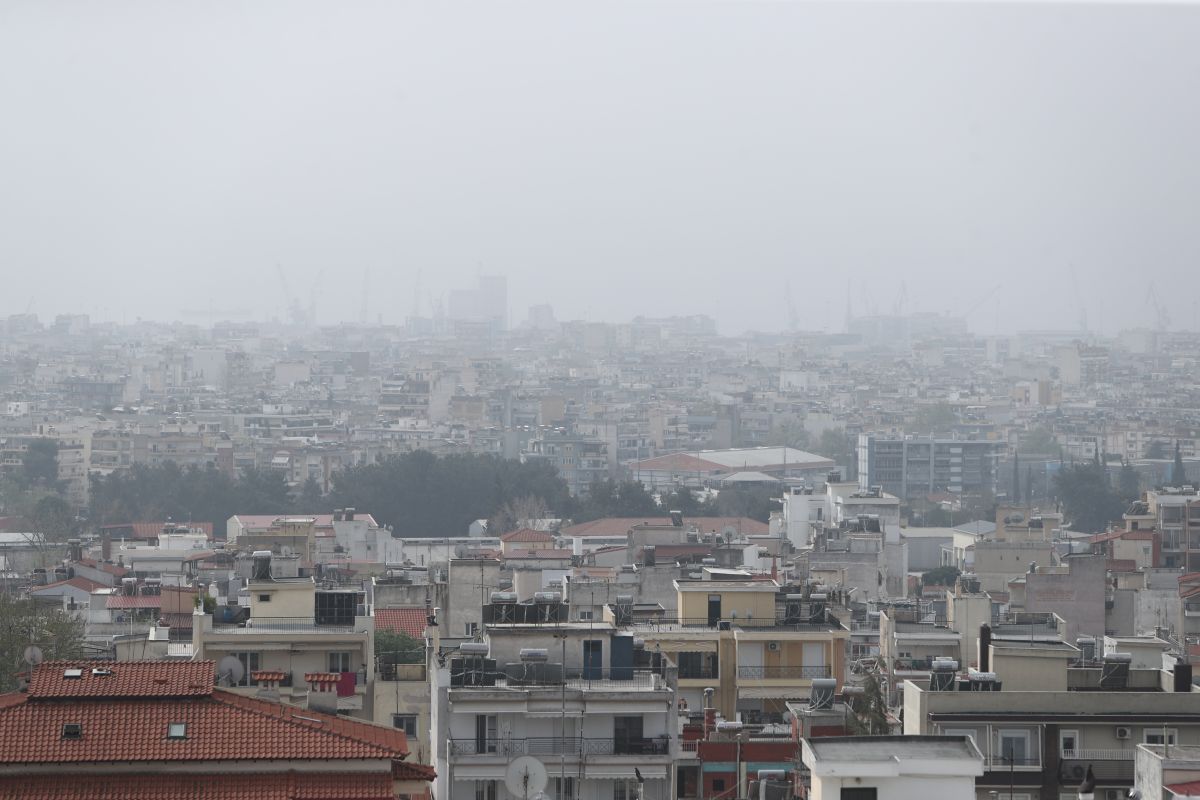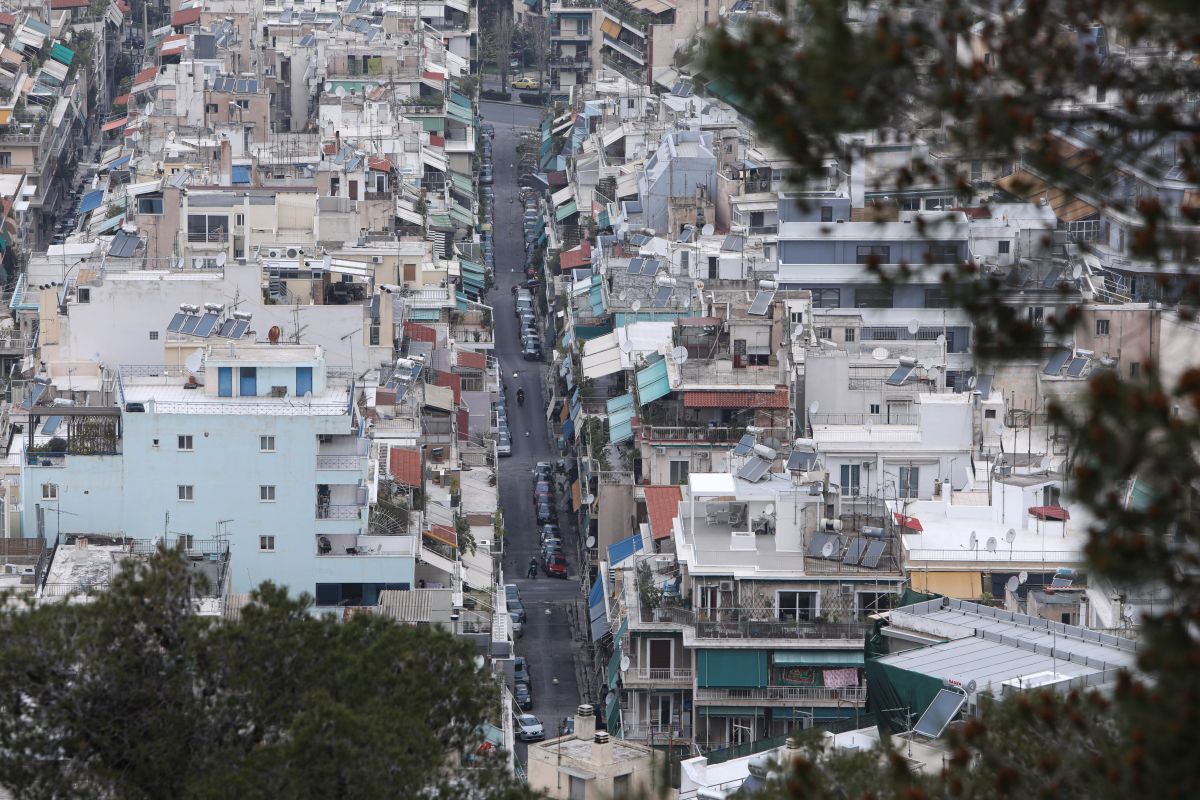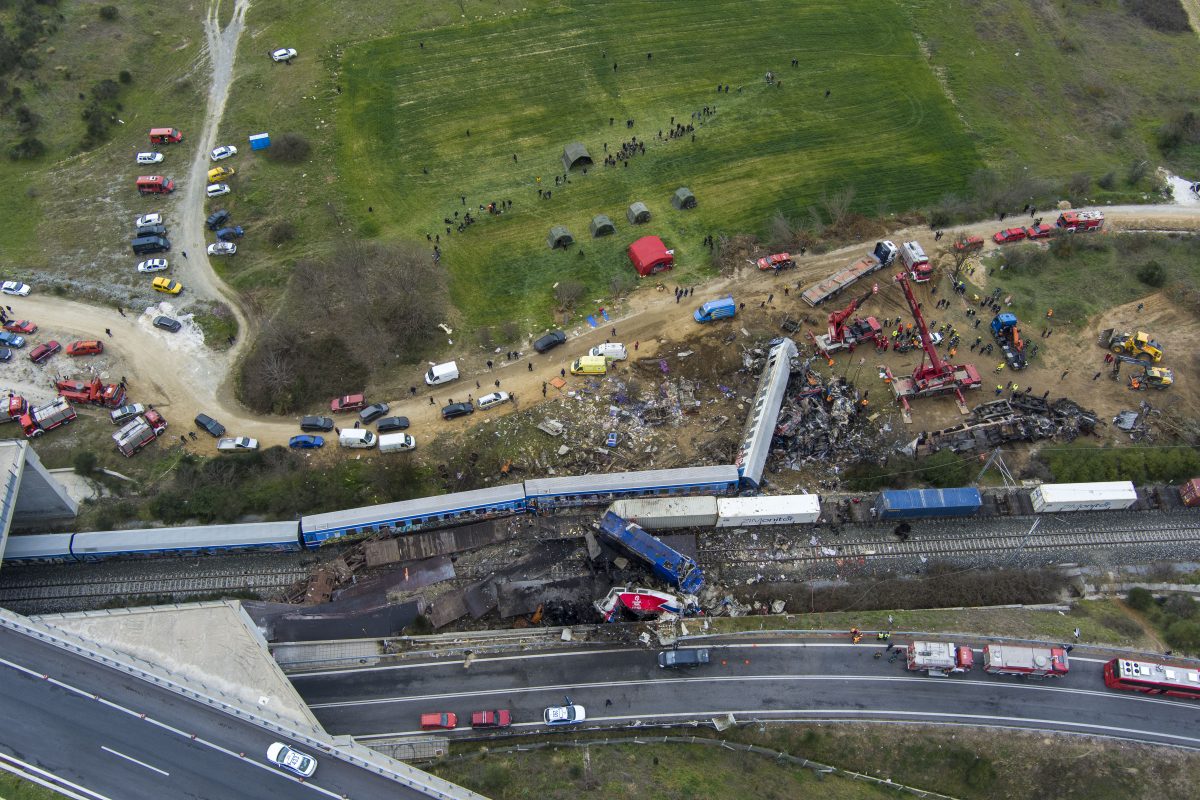An increase in attendances at the Emergency Departments of hospitals is observed these days due to the African dust, which has made the atmosphere stifling.
The president of the Hellenic Cardiology Society, professor of cardiology Giorgos Kochiadakis, the professor of pulmonology, vice-president of the Hellenic Pulmonology Society Nikos Tzanakis and the president of the Hellenic Society of Allergology Zoe Demesticha recommend not to move around unnecessarily, not to exercise outdoors and not to do manual work vulnerable people, on days when African dust is high in the atmosphere.
In an interview with the FM Agency and on Tania Madouvalou’s show “104.9 MYSTIKA HYGEIAS” they point out that in case of great need, it is good, especially the vulnerable, to wear an N95 mask when they go out, as well as to be in contact with the their doctor for possible modification of their treatment.
The three scientists even explain that not only those who suffer from cardiac, pulmonary or allergic problems are considered vulnerable, but the elderly in general, smokers and children, especially before the age of six or seven.
As the president of the Hellenic Cardiology Society reports, these days there is an increase in attendances at the Emergency Departments of hospitals, but, usually in the days following an episode of African dust concentration, there is a clearer picture, in this regard, as the symptoms appear with a delay a few days. For this reason, he invokes the CSR campaign, according to which instructions have been issued to limit traffic, frequent face washing and good hydration, which reduces the effects of air pollution on the human body.
Even healthy people are at risk
Not just cardiac patients but also healthy people are at risk from African dustaccording to Professor Kochiadakis, because as he says, air pollution can create an increased pulse rate, increased blood pressure, vasoconstriction in the coronary vessels, but it can also increase the incidence of acute thrombotic episodes, even in people without a history.
“In people who already have coronary heart disease or heart failure, or atrial fibrillation, the risk of problems is even greater, as air pollution increases the work and demands of the heart, putting an even greater burden on patients.”
Although they generally do not contain toxic substances on their surface, the particles carried by the African dust, mechanically but also by their composition, as they are composed of silicon, create conditions of inflammation in the airways, says Professor Tzanakis.
“Thus, vulnerable people who already have inflammatory diseases of the loops, such as chronic obstructive pulmonary disease, bronchial asthma, or pulmonary fibrosis, as well as people who simultaneously have cardiac problems (which are common for these patients), are exacerbated and conditions are created to seek medicine assistance and emergency situations, which send them to Hospitals for admission. And of course, such a situation is never without serious complications, such as hospitalization in the ICU, intubation, etc.”
Delayed symptoms
From the moment a person is exposed to these particles, there is a time delay of two to five days until he manifests the symptoms and his health condition worsens, so the real consequences will be felt a few days after the cloud has left, emphasizes Mr. Tzanakis. It is not a simple fact, it is a phenomenon that we need to pay attention to, emphasizes the vice-president of EPE, warning that in the future such phenomena, due to climate change and the worsening of climatic conditions, will be more frequent and of longer duration.
“The next real human need will not only be water, but also clean air. Both inside buildings and outdoors. Therefore, humanity will face a clean air crisis in the next period of time and from now on we must plan how to manage it”.
Seasonal allergens are becoming more aggressive and invasive
According to the president of the Hellenic Society of Allergology, Zoe Demestiha, through the African dust, various toxic metals are transported, such as lead, mercury, dioxins, biological agents, such as bacteria and fungi, including pollen grains and various particles of natural origin. , as well as particles of anthropogenic production from heavy industry, from agricultural drugs and in general from matter that can be suspended.
Their size depends on whether they will affect the population and whether they will create problems. The large-sized particles settle down along the way and fall into the sea. The ones that cause us problems are the smaller ones. The 10 micron (ss very small subdivision of a centimeter) particles in size pass the airways, the 2.5 micron penetrate the alveoli, while the very small, which are nanoparticles, mainly affect organs. These pollutants incorporate the pollen, which come from the allergens that are present at this time, such as the partridge and so these allergens become more aggressive and more penetrating, so they create heavier symptoms both in scope and intensity, in the allergic. Symptoms such as stuffiness, runny nose, sneezing, stinging watery eyes, and photophobia. All the symptoms of a respiratory allergy are created, and of course in an overt asthmatic, the symptoms are heavier and can even cause an asthma attack.” Psychological collapse, fatigue, heavy head and difficulty breathing can be experienced even by people who do not have allergies, says Ms. Demesticha, clarifying that all these are a consequence of climate change.
“We have a long way to go. And we will also gain knowledge in practice because until now we knew more about climate change in theory”
Source: RES-MPE
#African #dust #Emergency #rooms #full #healthy #risk


